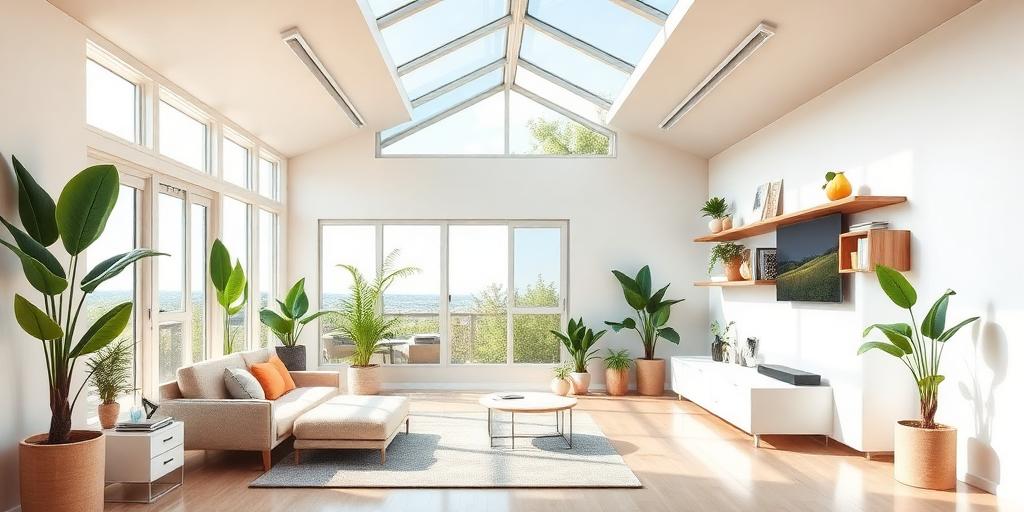The Future of Home: Emerging Lifestyle Trends
The concept of 'home' is undergoing a profound transformation, shaped by technological advancements, shifting demographics, and evolving lifestyle preferences. This article explores the emerging trends that are redefining how we live, interact with our spaces, and perceive the very essence of 'home'.
1. Smart Home Integration: Seamless Living
Smart home technology is no longer a futuristic fantasy but a present-day reality. Integrated systems that control lighting, temperature, security, and entertainment are becoming increasingly common. Voice-activated assistants, such as Amazon's Alexa and Google Assistant, provide hands-free control and automation, enhancing convenience and energy efficiency.
- Trend: Expect to see even greater integration, with appliances, furniture, and even building materials incorporating smart technology.
- Impact: Enhanced comfort, security, and energy savings.
2. Sustainability: Eco-Conscious Living
Environmental concerns are driving a surge in demand for sustainable homes. This includes energy-efficient appliances, solar panels, rainwater harvesting systems, and eco-friendly building materials. Biophilic design, which incorporates natural elements like plants and natural light, is also gaining popularity.
- Trend: Net-zero homes, which produce as much energy as they consume, are becoming more attainable and desirable.
- Impact: Reduced carbon footprint, lower utility bills, and improved indoor air quality.
3. Flexible Spaces: Adaptable Living
The traditional concept of fixed room functions is fading as homeowners seek more flexible spaces that can adapt to their changing needs. Open-plan layouts, multi-functional furniture, and movable walls allow for easy reconfiguration of living areas. Home offices are becoming a permanent fixture, requiring dedicated workspaces that can also serve other purposes.
- Trend: Modular homes and prefabricated structures offer customizable and adaptable living solutions.
- Impact: Increased space utilization, enhanced flexibility, and greater adaptability to changing lifestyles.
4. Wellness-Focused Design: Prioritizing Health
Home is increasingly viewed as a sanctuary for physical and mental well-being. Wellness-focused design incorporates features such as air and water purification systems, circadian lighting, noise reduction measures, and dedicated spaces for exercise and meditation. The integration of nature through indoor plants and natural materials further enhances the sense of tranquility.
- Trend: Personalized wellness solutions, tailored to individual needs and preferences, are gaining traction.
- Impact: Improved physical health, reduced stress levels, and enhanced overall well-being.
5. Co-living and Community: Connected Living
In response to rising housing costs and increasing social isolation, co-living communities are emerging as an alternative housing model. These communities offer private living spaces alongside shared amenities and social activities, fostering a sense of belonging and connection. Micro-apartments and accessory dwelling units (ADUs) are also gaining popularity as affordable and community-oriented housing options.
- Trend: Purpose-built co-living spaces with curated social programs are becoming more common.
- Impact: Reduced housing costs, increased social interaction, and enhanced sense of community.
Conclusion
The future of home is dynamic and multifaceted, shaped by technological innovation, environmental awareness, and evolving lifestyle preferences. By embracing these emerging trends, homeowners can create living spaces that are not only functional and comfortable but also sustainable, healthy, and connected. As we move forward, the concept of 'home' will continue to evolve, reflecting our ever-changing needs and aspirations.









